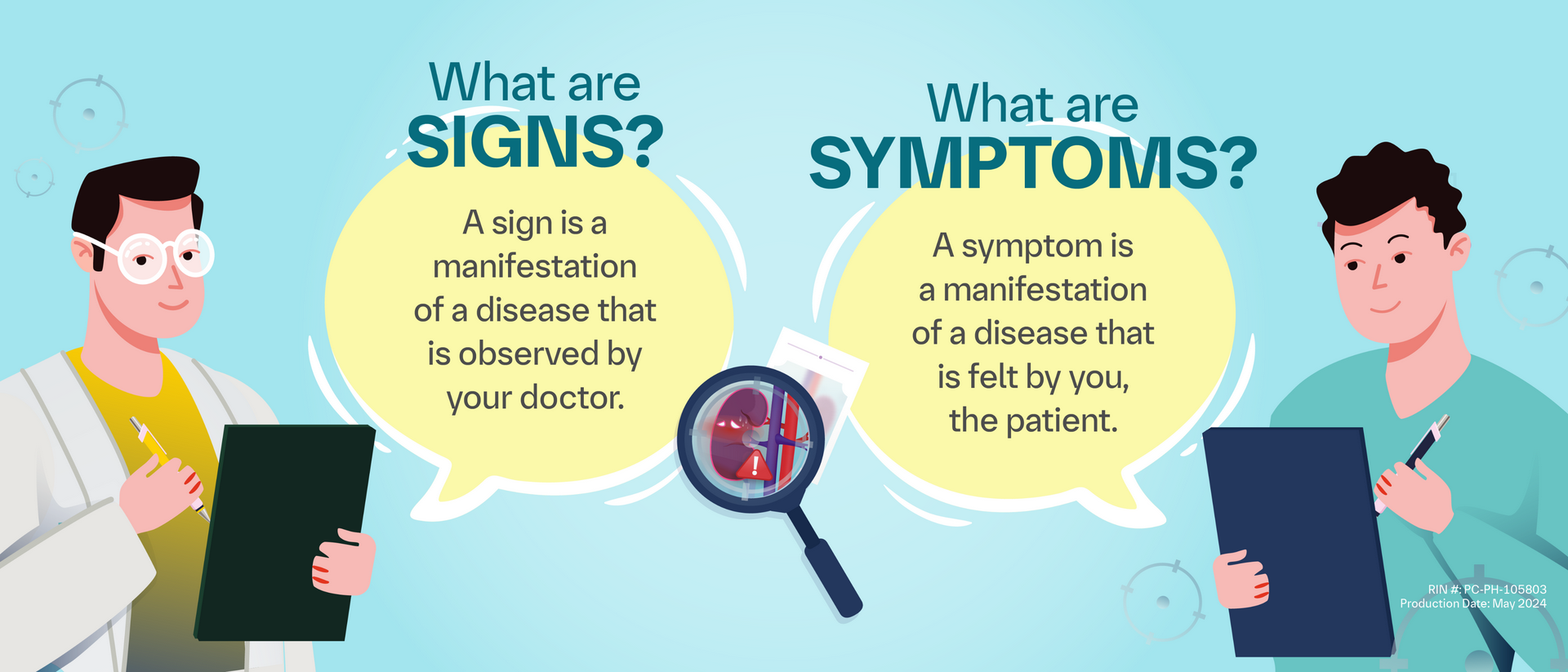1. Stay Calm and Observe:
- When you notice a symptom (e.g., a headache, cough, or rash) or a sign (e.g., fever, swelling), don't panic.
- Take a moment to observe the symptom carefully. Ask yourself:
- How long has it been there?
- Is it getting worse?
- Are there other symptoms accompanying it?
Record What You Notice:
- Write down the symptoms and any noticeable signs, even if they seem small.
- Example: "Mild cough for two days, no fever, slight fatigue."
Ask Dr. Maya GPT:
- Use Dr. Maya GPT to analyze the symptoms. Start by describing what you're experiencing clearly and simply.
- If you have no fever, include that information. For example: "No fever, headache for one day, no nausea."
Follow the Advice:
- Dr. Maya GPT will analyze your symptoms and give you advice on what to do next. It will guide you on whether:
- You need rest and hydration.
- You should visit a chemist or nurse for mild symptoms.
- You should consult a doctor for serious symptoms.
- Dr. Maya GPT will analyze your symptoms and give you advice on what to do next. It will guide you on whether:
Avoid Guesswork:
- Do not search the internet for random answers or take medications on your own without understanding the cause.
- Avoid visiting crowded places like clinics or hospitals unless necessary to prevent unnecessary exposure to infections.
- Never add symptoms or signs that you think are present - this will confuse Dr Maya like any doctor. In face to face consultation doctors have an opportunity to discuss and rectify, but Dr Maya will take the imaginary symptom and can give you wrong advice - so be "Honest always"
How This Helps You:
If you follow this approach, Dr. Maya GPT will act as your guide, helping you understand whether your symptoms are serious or manageable at home. The advice you receive will prevent unnecessary panic and reduce hospital visits, which can save time and protect others from infections.
Once this becomes a habit, I (ChatGPT) will work closely with Dr. Maya GPT to give you clear, actionable advice. Together, we can simplify the process of reaching a hypothetical diagnosis—what doctors call a "therapeutic diagnosis." This means that by observing how your body responds to initial treatment, we can confirm whether the diagnosis was accurate.
Remember: The key is clear communication about your symptoms and signs and following advice step by step.

